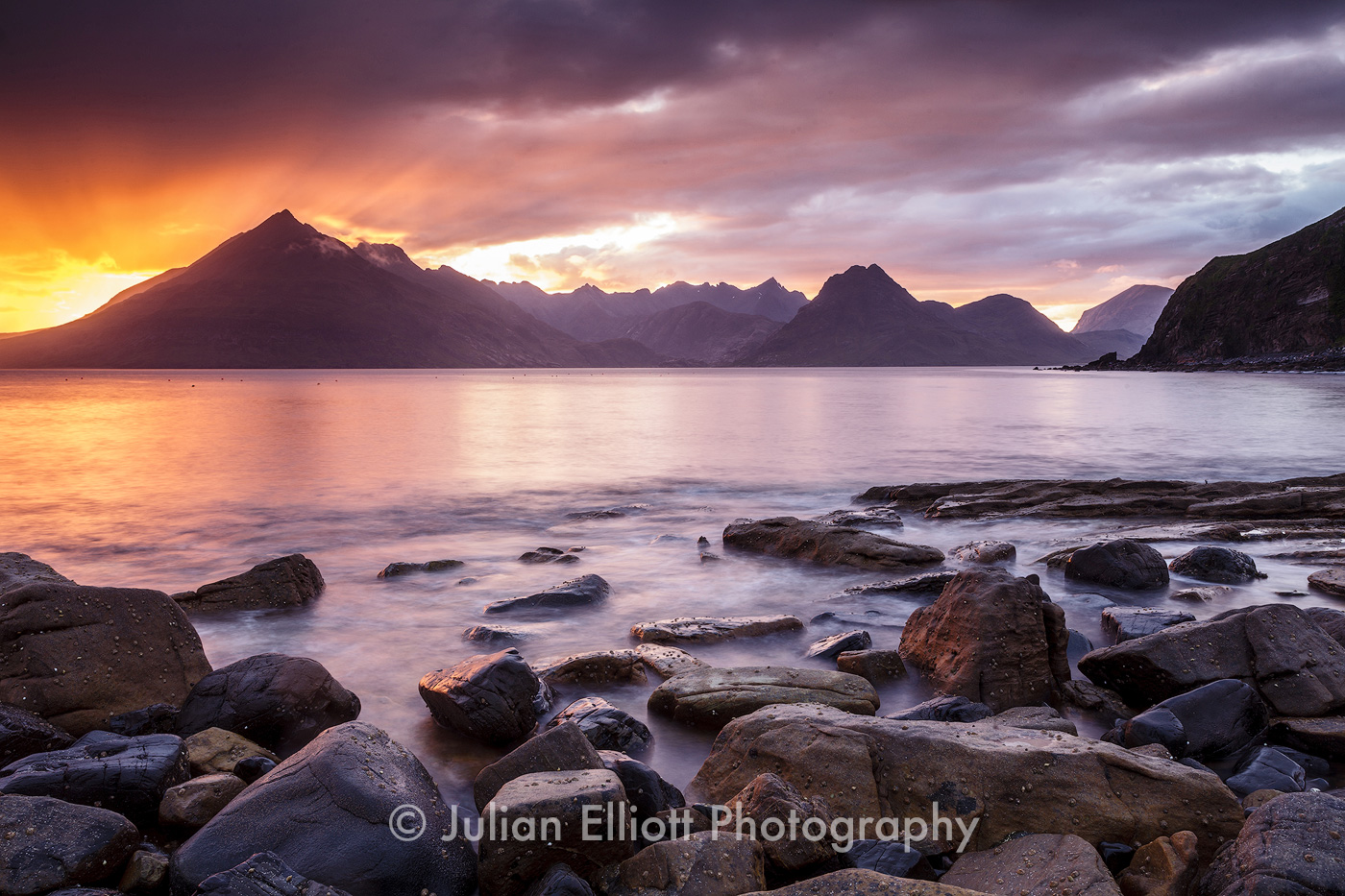- Messages
- 3,286
- Name
- Andy
- Edit My Images
- No
I want to do a day/night/day timelapse of some mountains, stars etc, that goes from 1 hour before sunset through the night and up to 1 hour after dawn.
Kit is a Sony A7III and 16-35 and/or a Leica Q3 (yes I know I’m lucky). I have a solid tripod and a USB powerbank. Both the Sony and Leica have a built in intervalometer and I’m fine knowing how to set them. And now you can turn off long-exposure noise reduction on the Leica at last.
Likely I’ll be going for a 2 minute interval which is sufficient for my needs. I’m not making a video, but want to blend (in post processing) a selection of the shots into a day-night-day sequence in a strip of vertical slices left-to-right to form a single image.
So…how do I best handle the huge change of lighting automatically, as I won’t be sitting there twiddling knobs all night? I’m thinking of something like:
- White balance set to daylight just to keep the jpegs consistent (I’ll use RAWs for the final image)
- Aperture set to something like f/2.8. I won’t have any foreground that needs to be in focus.
- Manual focus on a distant thing.
- Auto ISO with restriction to max ISO3200.
- Auto shutter speed - the Leica can’t be set to have a max shutter speed like 30 sec unfortunately. Not sure if the Sony can.
While I’m sure the dusk and sunrise shots will be fine, my worry is that in the darkest part of the night the camera shutter will stay open too long and overexpose what should be a dark starry night. Also I don’t really want the shutter speed going longer than the 2 min interval.
Does anyone have any suggestions on how to get this right? Did I forget anything? I’ll pick a clear night with no rain, but should I cover the camera somehow to prevent dew?
Ta
Kit is a Sony A7III and 16-35 and/or a Leica Q3 (yes I know I’m lucky). I have a solid tripod and a USB powerbank. Both the Sony and Leica have a built in intervalometer and I’m fine knowing how to set them. And now you can turn off long-exposure noise reduction on the Leica at last.
Likely I’ll be going for a 2 minute interval which is sufficient for my needs. I’m not making a video, but want to blend (in post processing) a selection of the shots into a day-night-day sequence in a strip of vertical slices left-to-right to form a single image.
So…how do I best handle the huge change of lighting automatically, as I won’t be sitting there twiddling knobs all night? I’m thinking of something like:
- White balance set to daylight just to keep the jpegs consistent (I’ll use RAWs for the final image)
- Aperture set to something like f/2.8. I won’t have any foreground that needs to be in focus.
- Manual focus on a distant thing.
- Auto ISO with restriction to max ISO3200.
- Auto shutter speed - the Leica can’t be set to have a max shutter speed like 30 sec unfortunately. Not sure if the Sony can.
While I’m sure the dusk and sunrise shots will be fine, my worry is that in the darkest part of the night the camera shutter will stay open too long and overexpose what should be a dark starry night. Also I don’t really want the shutter speed going longer than the 2 min interval.
Does anyone have any suggestions on how to get this right? Did I forget anything? I’ll pick a clear night with no rain, but should I cover the camera somehow to prevent dew?
Ta
Last edited:


